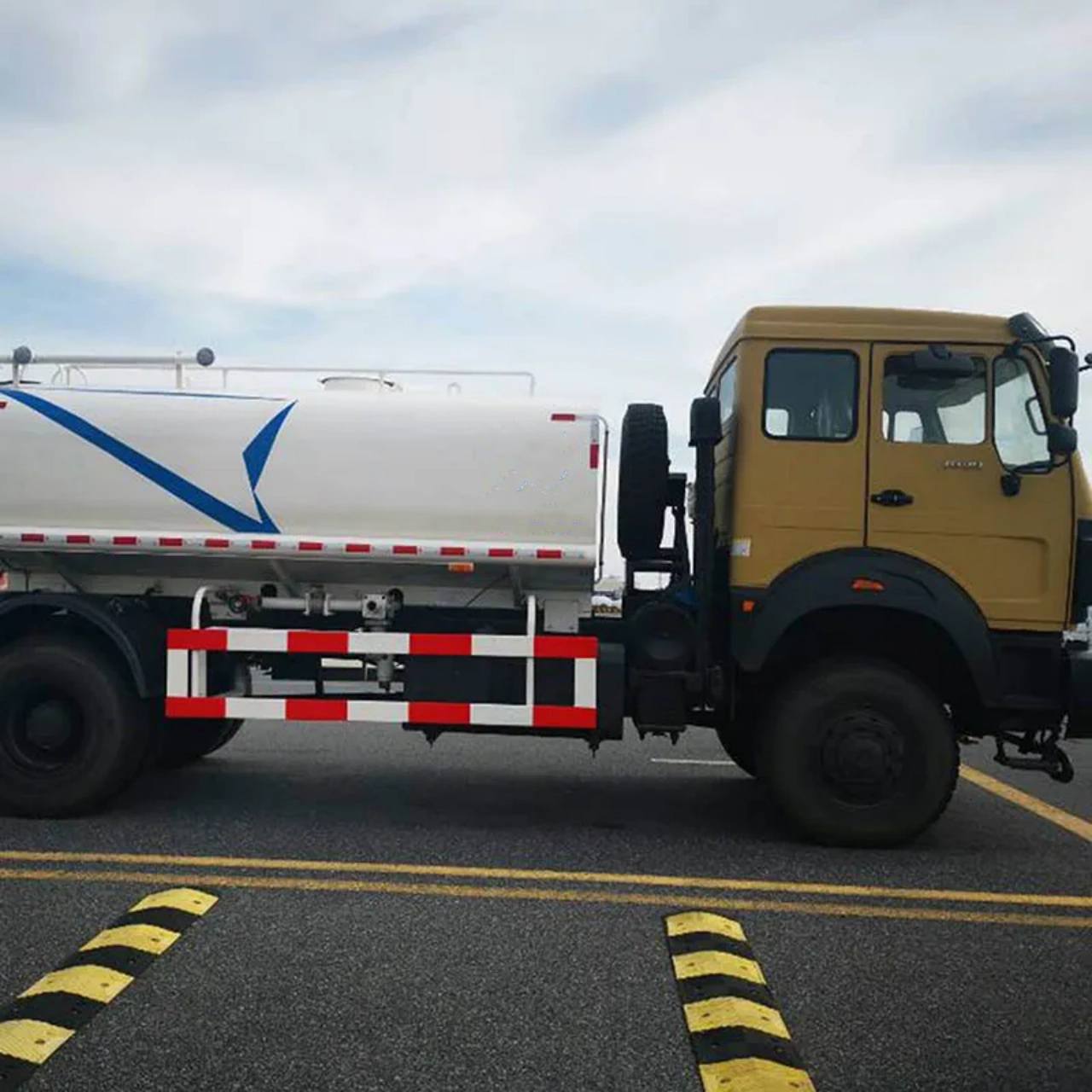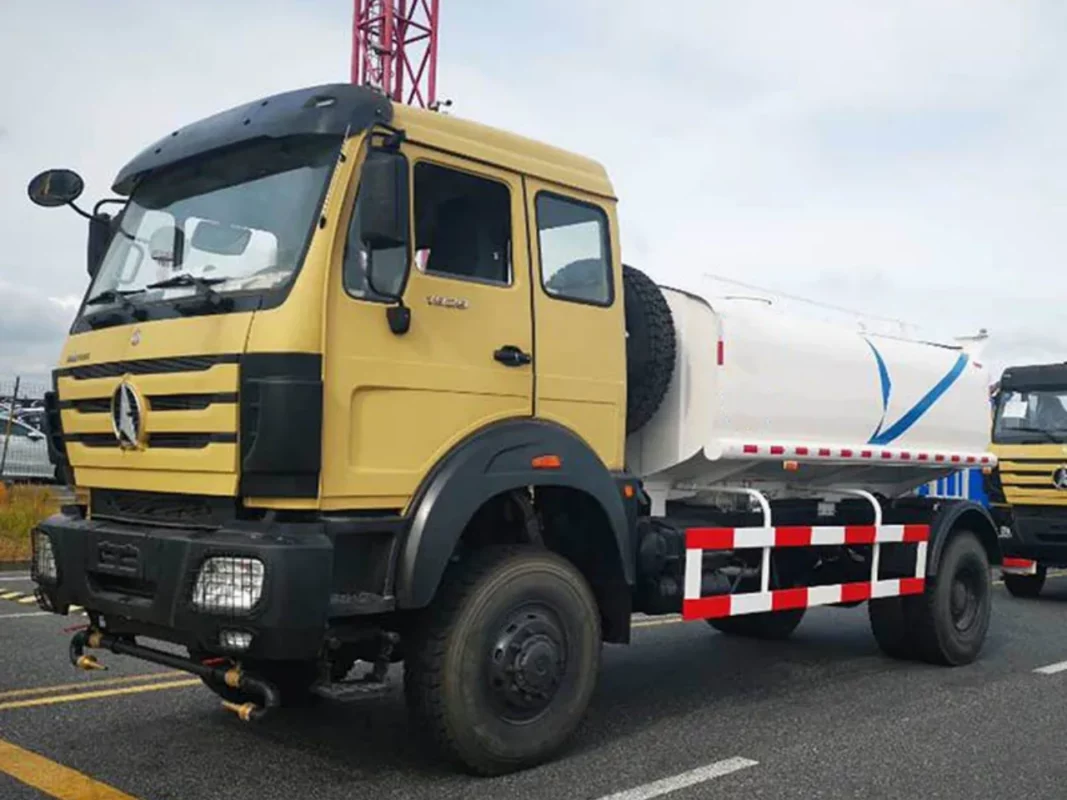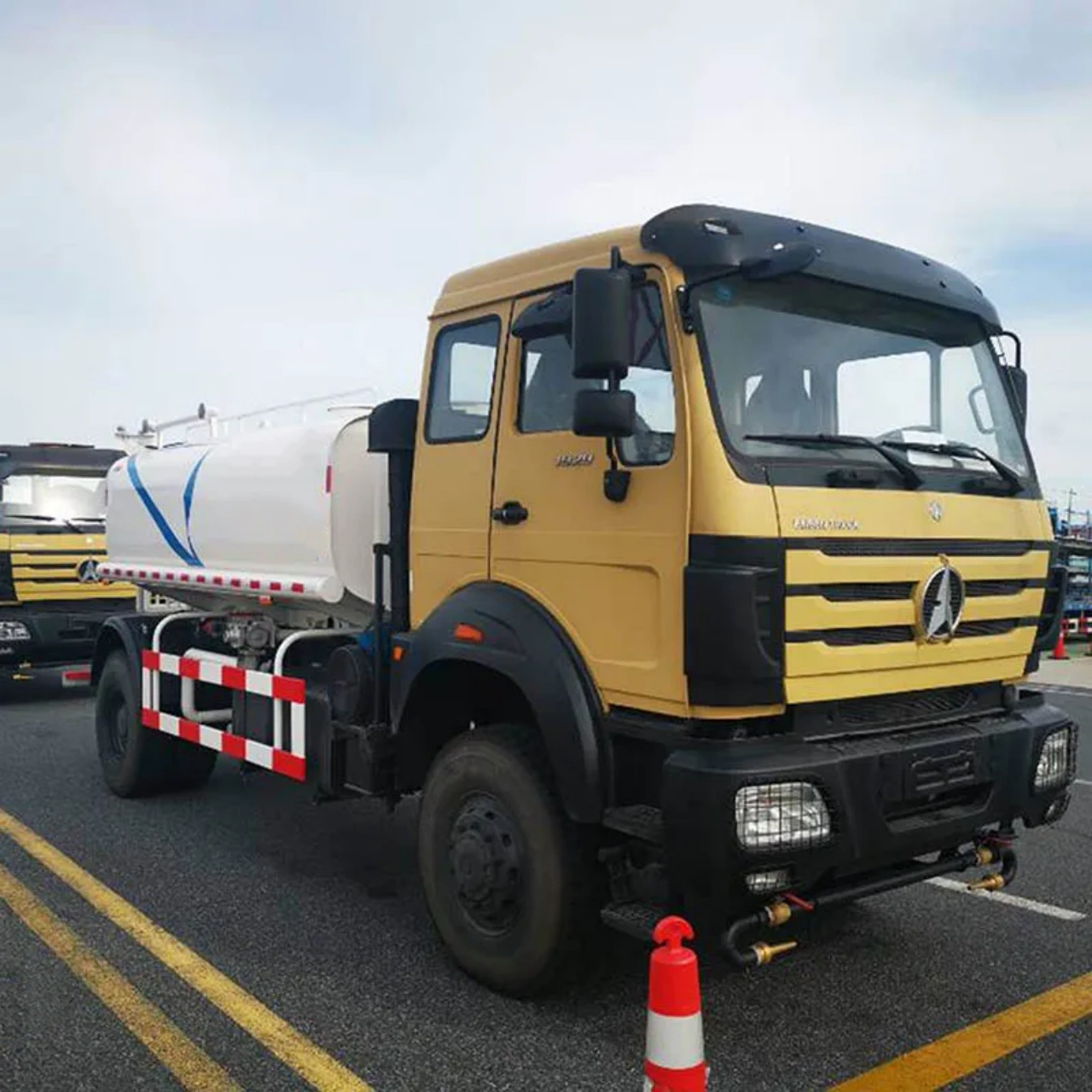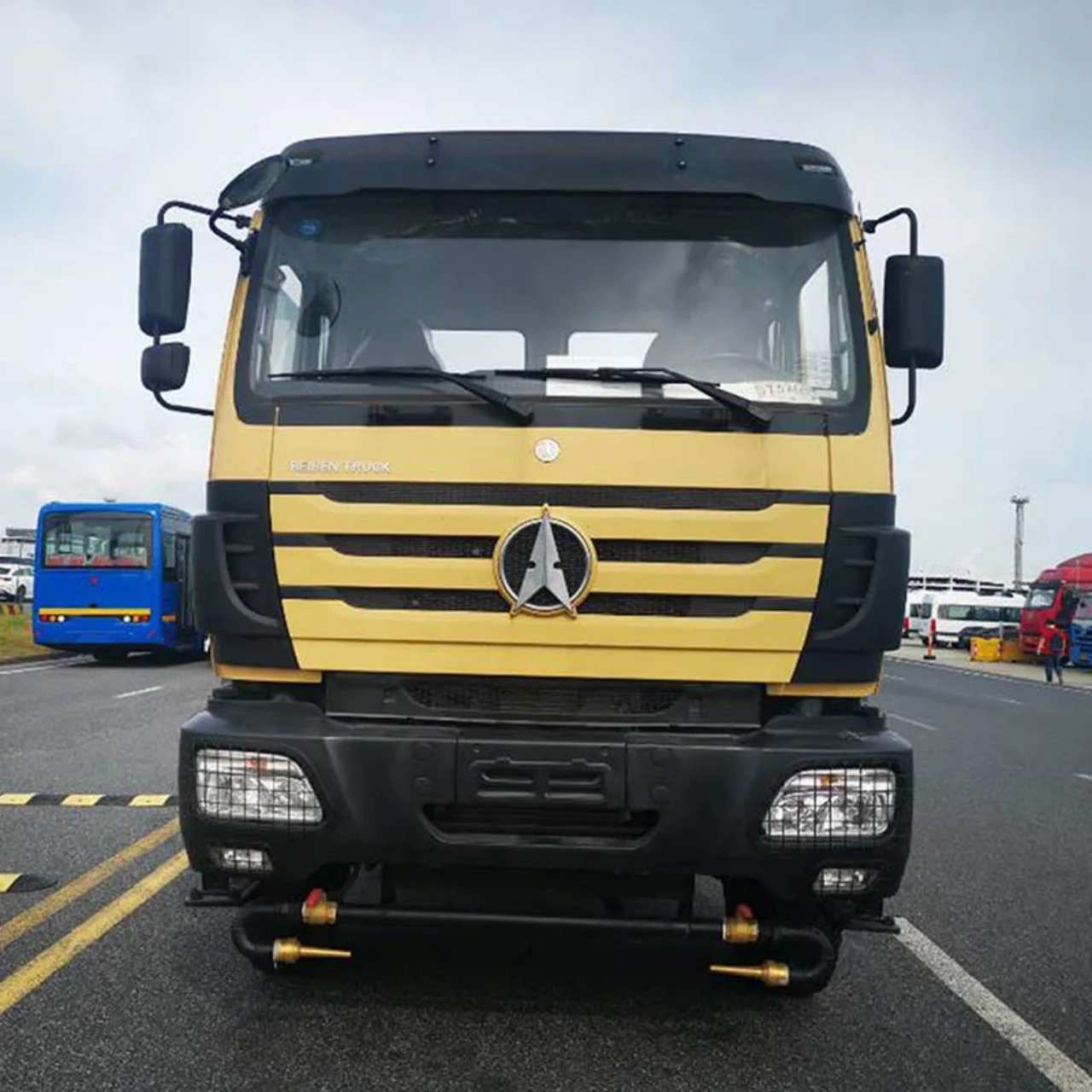Water tank lorries, also known as water tankers or water bowser trucks, play a crucial role in transporting and distributing water for a variety of purposes, including municipal supply, agricultural irrigation, construction site maintenance, firefighting, and emergency relief. One of the most common questions about these versatile vehicles is: What is the capacity of a lorry water tank? The answer varies significantly depending on the type, size, and intended application of the tanker. This article explores the different capacities available, factors influencing those capacities, and practical considerations when choosing the right water tanker.
Standard Water Tanker Capacities
The capacity of a lorry water tank typically ranges from as small as 1,000 liters to as large as 30,000 liters or more. Here’s a breakdown of the typical classifications:
- Small Capacity Water Tankers (1,000 to 5,000 liters):
- These are usually mounted on light-duty trucks or pickups.
- Commonly used for landscaping, small-scale agriculture, or municipal watering of parks and trees.
- Easily maneuverable and ideal for urban or confined spaces.
- Medium Capacity Water Tankers (5,000 to 15,000 liters):
- Built on medium-duty lorry chassis such as 4×2 or 6×4 configurations.
- Frequently used for construction site water supply, small firefighting applications, and dust suppression.
- Offers a good balance between volume and mobility.
- Large Capacity Water Tankers (15,000 to 30,000+ liters):
- Mounted on heavy-duty chassis like 8×4 or articulated trailers.
- Suited for industrial use, large-scale agriculture, municipal supply, and bulk water transport.
- Require more power and space to operate, but are highly efficient for long-distance delivery.
Factors Influencing Lorry Water Tank Capacity
Several factors determine the specific capacity of a lorry water tank, including the following:
1. Chassis Size and Load Rating
The gross vehicle weight rating (GVWR) of the lorry determines how much water it can legally and safely carry. Water is heavy — 1,000 liters equals 1 metric ton — so a 10,000-liter tank needs a chassis rated for at least 10 tons of payload, excluding the tank and equipment weight.
2. Tank Material
Tank construction materials such as mild steel, stainless steel, aluminum, or polyethylene affect both the tank’s weight and cost. Lightweight materials may allow for slightly larger capacities without overloading the chassis.
3. Axle Configuration
Lorries with multiple axles (e.g., 6×4 or 8×4) can support higher loads. The more axles a truck has, the greater its legal payload capacity, which enables the installation of larger water tanks.
4. Intended Use
A tanker designed for urban delivery might be smaller due to narrow streets and frequent stops, whereas a tanker for long-haul bulk water transport in rural or industrial areas can be much larger.
Common Applications and Corresponding Tank Capacities
Different industries and applications require water tankers of specific sizes. Below are examples of typical use cases and their corresponding capacities:
1. Municipal Use
- Capacity: 5,000–10,000 liters
- Purpose: Road cleaning, watering trees, and firefighting support
- Features: Sprinkler heads, high-pressure pumps, and side sprayers
2. Construction Sites
- Capacity: 10,000–20,000 liters
- Purpose: Dust suppression, concrete mixing, compactor support
- Features: Rear spray bars, high-volume pumps, and ruggedized tanks
3. Agricultural Use
- Capacity: 3,000–15,000 liters
- Purpose: Irrigation, livestock watering, pesticide mixing
- Features: Detachable hose reels, gravity-fed outlets, and corrosion-resistant tanks
4. Emergency Relief and Humanitarian Aid
- Capacity: 1,000–8,000 liters
- Purpose: Clean water delivery in disaster zones or remote communities
- Features: UV-resistant tanks, filtration systems, and ease of access
5. Industrial Operations and Mining
- Capacity: 20,000–30,000 liters or more
- Purpose: Dust control, equipment cooling, water spraying
- Features: Heavy-duty suspension, pressurized pumping systems, and extra bracing
Global Variations and Local Regulations
Water tank lorry capacities vary globally depending on infrastructure, road regulations, and economic factors. In some countries, like India or Kenya, smaller tankers are common due to narrow roads and limited demand per trip. In contrast, countries like Australia, the U.S., or Saudi Arabia frequently use large-capacity water tankers for industrial-scale water transport over long distances.
Additionally, local regulations often limit the allowable gross weight and axle load on public roads. These laws directly affect how large a tanker can be, especially when operating on municipal streets or in rural areas.
Design Considerations for Maximum Efficiency
When designing or selecting a lorry water tanker, it’s not just about maximum capacity — efficiency, safety, and operational suitability are equally important. Some critical design features include:
- Baffled Tanks: Internal partitions reduce water movement (sloshing) during transit, improving vehicle stability.
- Pumping System: Depending on the application, tankers may include centrifugal pumps, PTO-driven systems, or gravity outlets.
- Corrosion Protection: Anti-corrosive coatings or stainless steel materials extend tank life, especially when transporting treated or chlorinated water.
- Hose Reels and Nozzles: Allow for flexible and controlled water delivery at the point of use.
- Tank Insulation: Important in cold climates to prevent freezing or in hot climates to minimize evaporation.
Choosing the Right Water Tank Lorry
For businesses or municipalities considering the purchase or rental of a water tanker, here are some key questions to ask:
- What is the primary use of the water?
- Drinking water, irrigation, road cleaning, etc.
- What is the daily required volume?
- Helps determine tank size and delivery frequency.
- What are the road conditions and legal restrictions in the area?
- Impacts the maximum allowed GVW and axle load.
- Is water delivery time-sensitive?
- Larger tankers are more efficient for long distances, but smaller units offer better agility for rapid distribution.
- What are the refilling and discharge options?
- Consider ease of refilling, access to hydrants or water sources, and required discharge pressure.
Conclusion
The capacity of a lorry water tank can vary widely, from 1,000 liters for compact city operations to over 30,000 liters for industrial or agricultural needs. Selecting the right tanker involves balancing payload capacity, operational requirements, and regulatory constraints. By understanding the diverse factors that influence water tanker design and function, businesses, municipalities, and relief agencies can make informed decisions to ensure effective water distribution in any scenario. Whether you’re greening a park, suppressing dust on a construction site, or delivering drinking water to remote communities, there’s a water tanker lorry designed to meet your exact needs.





